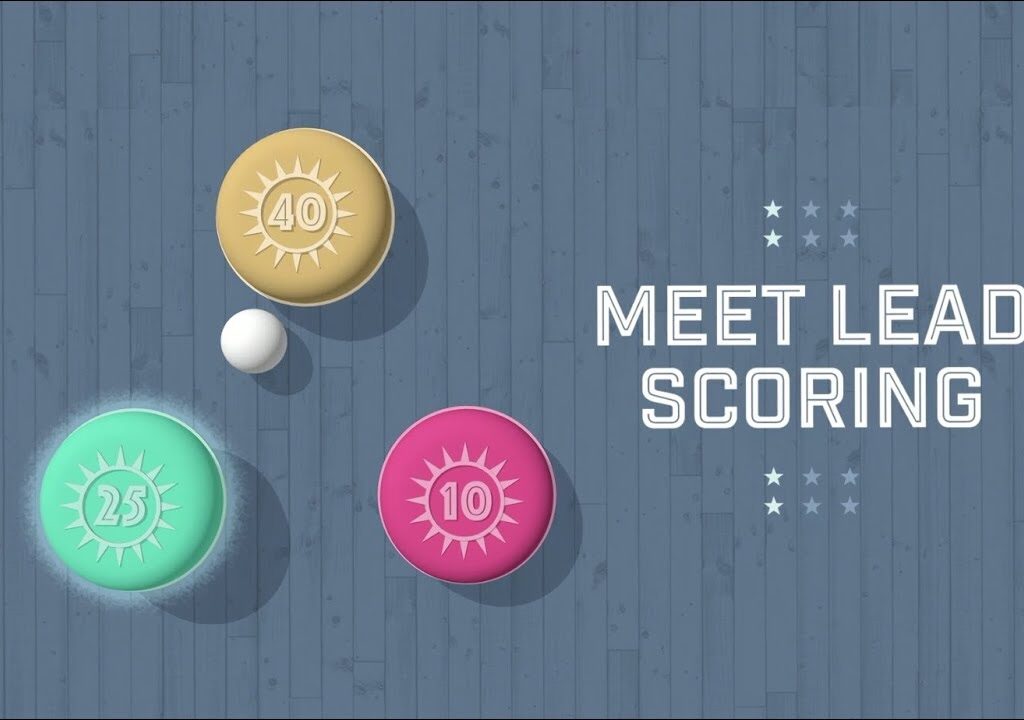
How to get High-ticket clients from YouTube as a coach
In the world of digital marketing, there are two types of client profiles: those who are low risk—low reward—and thus produce low ticket sales, and those who are high risk—high reward—and thus yield high ticket sales.
High-ticket clients are those who are willing to pay a higher price for your services, and they help your online business get out of survival mode. While an environmentally friendly company usually includes some low-ticket sales, too many of them can stifle your growth.
When working with clients on a tight budget, you’d have to pick up more businesses and plan on the number of sales to make a decent living. This adds significantly to your acquisition in the long run.
READ MORE: https://brandgaytor.com/how-to-get-client-from-youtube-for-coaches/
Why High tickets clients ?
Understanding consumer psychology is important for clients when purchasing high-demand tickets. People are motivated by the fear of missing out as well as the thrill of obtaining something scarce. We can generate excitement and drive sales by tapping into these motives and crafting advertisements that create a sense of pressure and exclusivity.
Rather than taking a broad approach, let’s get inside the heads of potential customers and speak directly to their desires. We can persuade people to act more effectively if we understand what motivates them.
While supplies last, our copy should make the experience feel distinctive and build up the event. With insight and strategic communications, we can assist clients in capitalizing on consumer behavior and converting high demand into revenue.
When you get your revenue, you can see how much effort you put into winning high-ticket clients. Sure, there’s a lot at stake; you’re working with fewer clients and may not receive any revenue if you don’t close the deal.
However there are ways to play smart and avoid this. For example, you could have some low-cost ticket sales to help get things started. The most significant advantage of having high-ticket clients is that you can generate more revenue with fewer clients.
A single high-ticket sale generates a much higher profit margin than a series of low-ticket sales. To make the same profit as with a single high-value client, you’ll need to acquire and serve a much larger number of customers.
As a result of high-ticket sales, you have fewer clients to support. This means you can concentrate your efforts on high-ticket clients who pay more for your services.
Furthermore, high-ticket clients are less likely to be put off by high prices. While low-ticket clients can easily shop around for similar services at lower prices, high-ticket customers expect to pay more for quality work.
As a result, when you go after high-ticket clients, you don’t have to worry as much about competition. There is no need to reduce your prices or provide discounts here. Actually, you’re in an improved position to keep or even raise your high prices.
Tips you can apply to get high-ticket clients
Determine your top prospects.
You define the type of prospects who will be interested in your company’s offering.
Your marketing and sales strategy will be entirely dependent on the type of people you want to reach with your marketing efforts. As a result, while taking any action to attract high-end prospects, it’s critical to create ideal customer profiles (ICP).
Revisit and create new high-ticket client profiles by completing the following questions:
What is the size of my ideal customers’ company?
What is the position of your point of contact?
What are the issues that these companies face?
How many stakeholders typically participate in decision-making?
Why would they choose your solution over using internal resources to solve their problem?
What level of expertise do you have?

In your content, you should target your ideal prospects.
It’s tempting to target a large number of people with your marketing campaigns. It may appear that the more individuals you reach, the more consumers you will receive.
In fact, everything is the polar opposite. Do you have a blog? Always keep your ideal buyer personas’ interests and needs in mind.
In fact, a Forrester study found that 63% of buyers ignore content that isn’t relevant to their needs, industry, or role! For example, if you’ve determined that your intended audience is highly knowledgeable about the subject or product, don’t waste time creating “how-to” guides for novices.
While narrowing your campaigns to a specific will limit your grasp, you will be able to communicate more effectively.

Concentrate on developing your brand.
When you advance to the next level, you will almost certainly face competitors who are not your usual lot. There are large brands that cater to enterprise-level businesses that aren’t looking for lower prices.
With their brand reputation, these brands have earned faith in the niche and attract to high-paying audiences. To win the interest of these audiences, you have to first build a strong brand. Branding consistency across digital channels boosts revenue by 23%.
However, only 15% of businesses can claim to have a strong brand presence. Today, almost every B2B company has an aesthetically pleasing website, so your ability to present what you offer in the best attainable light has little impact on prospects’ decisions.

Showcase top customers’ logos and share customer research
Social proof is important whether you work with low-ticket or high-ticket customers. Allow your current and previous customers to speak for the quality of your products or services. Displaying your customers’ logos on your website is a simple way to provide social proof.
While it often takes a significant amount of time and effort to persuade enterprise customers to leave a genuine testimony on a customer review a platform or even share a brief quote that could be featured on your website.
But isn’t it much easier to obtain permission to display their logo on your site? Voices.com, for example, increased conversion rates from 5% to 22% by including customer logos on the company website. Sharing case studies is another option. They enable you to walk your prospects through a relatable business success story.
Today, 20% of B2B marketers believe that case studies help them generate qualified leads. Quality case studies can demonstrate to your prospects that your product or service has successfully added value to their businesses.
Promote case studies on your website, use them to brag about on social media, and relate to them in your sales outreach messages – a good success story can never be overstated.
To eliminate irrelevant leads, use a contact form.
Remember that you have the freedom to choose who you want to collaborate with. This means that you shouldn’t be afraid to pass up low-ticket leads in favor of high-paying prospects.
Adding a qualifying step to your contact form is the best way to quickly determine whether a lead is likely to become your ideal customer.
What is more important to you: the size of the company, the number of employees, or the marketing budget? Include this question in your form to find out if they match your “high-ticket” ICP.
Score takes the lead.
When you receive your first lead data, use it to score and prioritize incoming submissions. The ideal time to follow up with a new lead is 5 minutes.
If you do not respond to the inquiries you receive within this timeframe, or within less than an hour, you could forfeit your high-end customers to a more agile competitor. But how do you keep up with everyone when you receive dozens of submissions every day?
The best way to do this is to have a set of requirements for automatically qualifying leads or an effective CRM tool.
Typically, the following elements can indicate whether a prospect is a good fit for your company:
• Industry of the company
• Size of the company
• Role of the contact
• Location of the company
The issue they’re dealing with Your generating leads forms can include the pertinent questions.

Create a proposal template that looks professional.
On the one hand, creating a sales proposal from beginning to end each time you negotiate with a new client takes a long time. On the other hand, you don’t want to lose a customer because of a poorly designed generic proposal template that fits everyone (and no one).
The solution is simple: create a template that briefly introduces your company and its vision while leaving blank space for a customized proposal aimed at the needs of the specific possibility.

Conclusion
In conclusion, creating strategic content, establishing authority in your niche, and encouraging engagement are all important components of using YouTube to draw in high-paying customers.
Establishing trust and credibility through consistent value delivery, expert demonstration, and channel optimization for conversion will help you draw in high-value customers.
Keep in mind that a well-designed YouTube presence aims to leave a lasting impression on your target audience, turning viewers into valuable customers rather than just gaining views.
FAQ (frequently asked questions)
Q1 How can I use YouTube to draw in high-end customer’s?
A: Provide insightful content that highlights your area of expertise, interact with viewers in the comments section, and make sure your videos have an obvious call to action.
Q2 What kinds of content draw in high-end customers the best?
A: Provide in-depth tutorials, case studies, and success stories that showcase your abilities and build your reputation in your field.
Q3 Does YouTube need to be consistent in order to attract high-end customers?
A: regular posting schedule does, in fact, contribute to the development of audience trust and long-term engagement.
Q4 Is it appropriate to enhance the SEO of my video descriptions and titles?
A: Without a doubt, use pertinent keywords in titles and descriptions to increase search engine optimization and draw in potential high-end customers.
Q5 How can I improve my approach using YouTube analytics?
A: Examine viewer demographics, watch duration, and click-through rates to gain a deeper understanding of your audience and customize content to suit their tastes.

Add a Comment